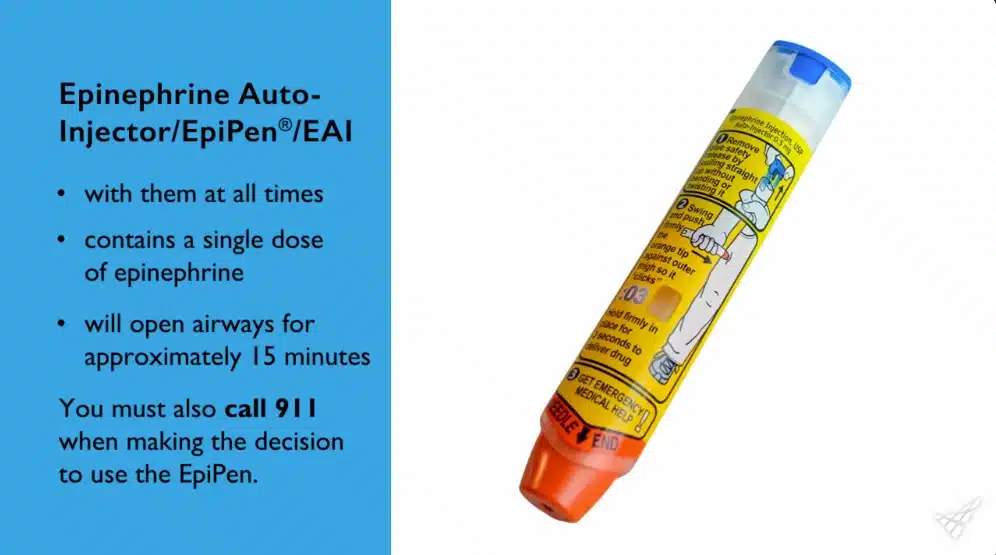Health Emergencies: Overview
As health emergencies become increasingly prevalent in our schools, it’s necessary for school employees to learn how to help a student or fellow co-worker in such an event. This course is designed for all staff members and focuses on the major chronic conditions prevalent among students: asthma, diabetes, life-threatening allergies, and seizures. This course will define these chronic conditions, identify signs and symptoms of the major chronic health conditions, and discuss important healthcare considerations in minimizing health emergency risks.







Demos + Pricing
Learn more about our courses, get pricing, and see our platform.
Course Details
Learning Objectives
- Recognize the causes and symptoms of asthma to provide appropriate assistance or seek emergency care.
- Identify life-threatening allergens and explain how allergic reactions occur and are treated.
- Recognize signs and symptoms of diabetes and respond to hypoglycemia or hyperglycemia in students.
- Identify common seizure types in students with epilepsy and distinguish between motor and non-motor symptoms.
Specs
- English (US)
- Spanish (US)
- Spanish (European)
- Spanish (Mexican)
- French (Canada)
- French (European)
- Arabic
- Chinese (Simplified Mandarin)
- Chinese (Traditional Mandarin)
- Filipino Tagalog
- German
- Hindi
- Italian
- Japanese
- Korean
- Portuguese (Brazilian)
- Portuguese (European
- Russian
- Thai
- Vietnamese
Frequently Asked Questions
What are the three components of an asthma episode?
An asthma episode is made up of three main components: a bronchospasm, when the muscles around the airway tighten; inflammation, when the airway lining swells; and increased mucus production, which further narrows the airway. Together, these three components make it harder to breathe.
What are the most prevalent life-threatening allergies among students?
The most common life-threatening allergies among students include insect stings such as bees, wasps, hornets and fire ants; latex or rubber; peanuts and tree nuts; and certain foods, such as shrimp or shellfish.
How common is diabetes among school-aged children?
Diabetes is one of the most common chronic health conditions faced by schools. Each year, approximately 18,000 students are diagnosed with type 1 diabetes. In addition, healthcare providers are finding more and more children diagnosed with type 2 diabetes.
What are the two types of seizures?
The two types of seizures include focal seizures and generalized seizures. Focal seizures affect a small part of the brain, while generalized seizures affect both sides of the brain, or groups of cells on both sides of the brain, at the same time. They can also begin in one part of the brain and then spread throughout the rest of the brain.
Sample Video Transcript
As health emergencies become increasingly prevalent in our schools, it’s necessary for school employees to learn how to help a student – or possibly a fellow co-worker – in such an event. Since a quick response can sometimes mean the difference between life and death, it’s crucial to understand how to recognize symptoms and help an individual suffering from a potentially life-threatening health emergency.













